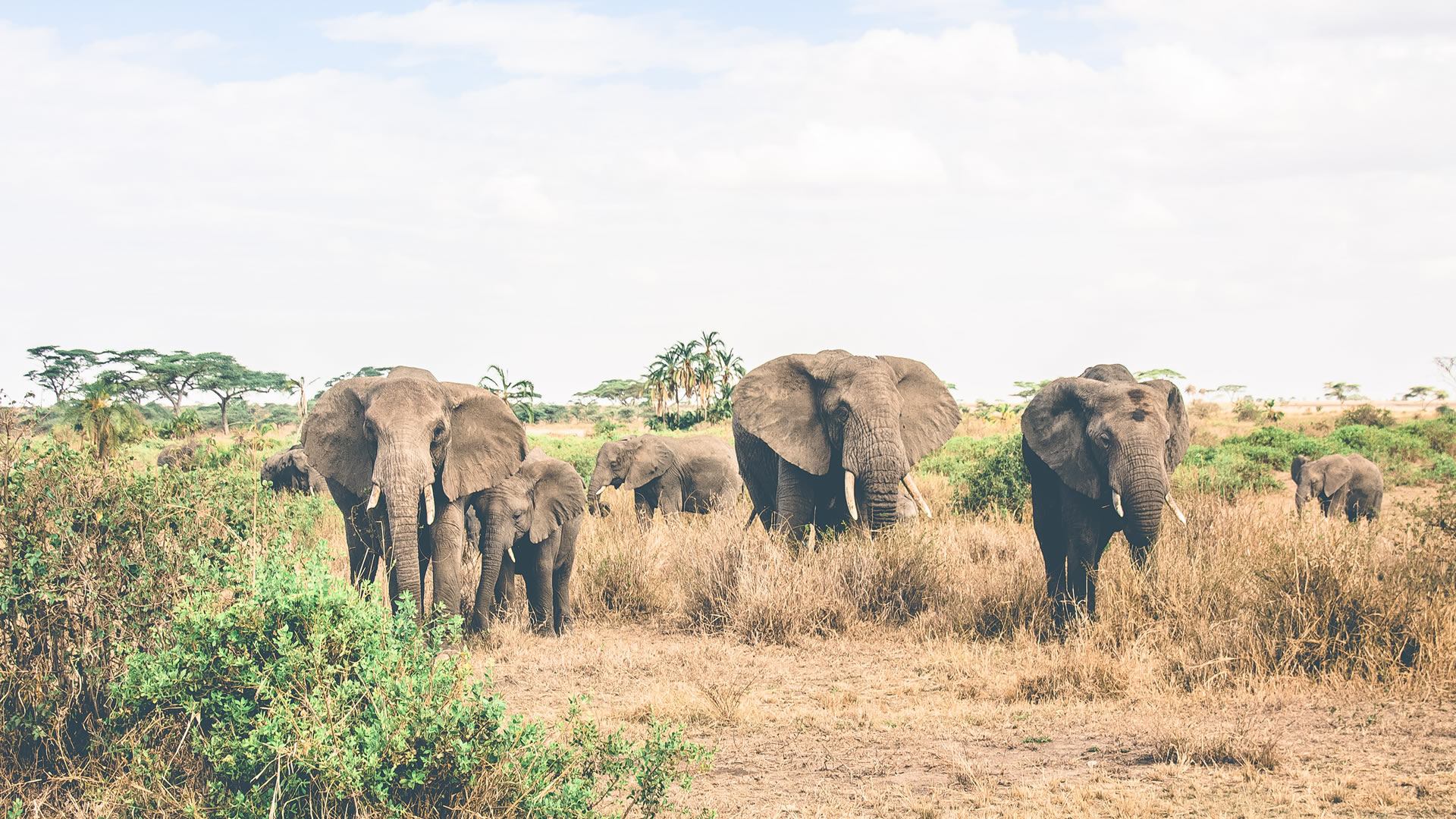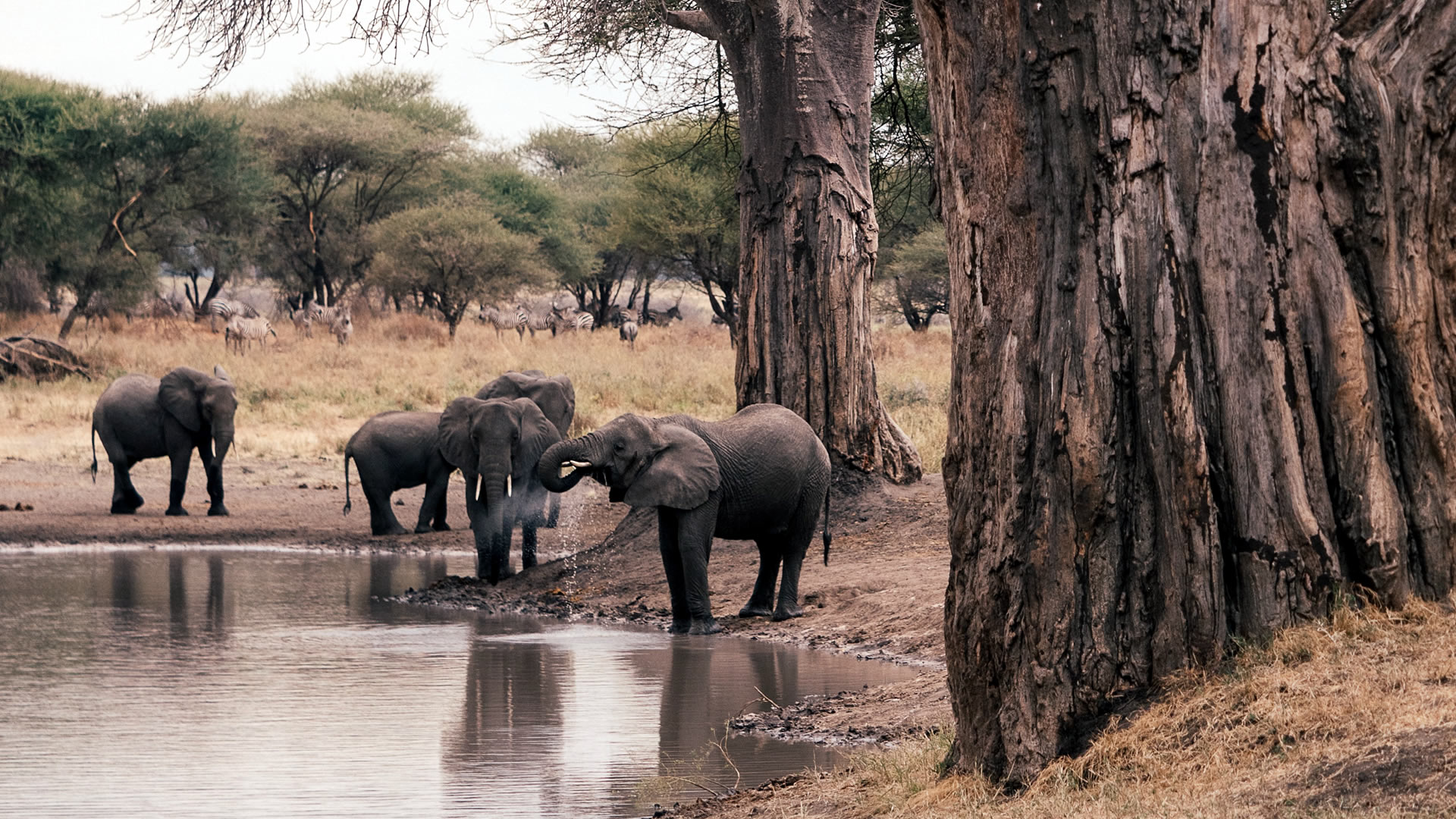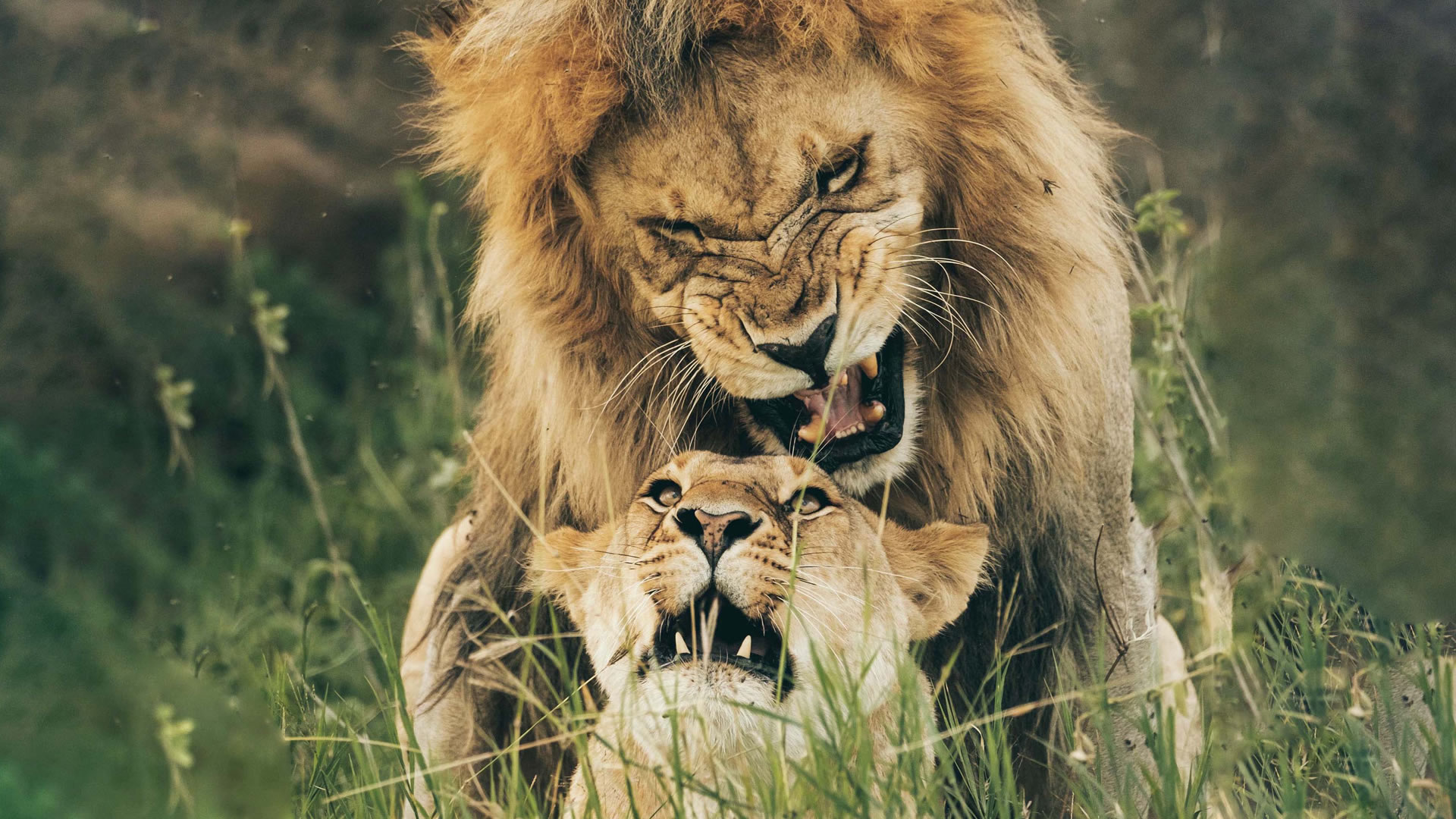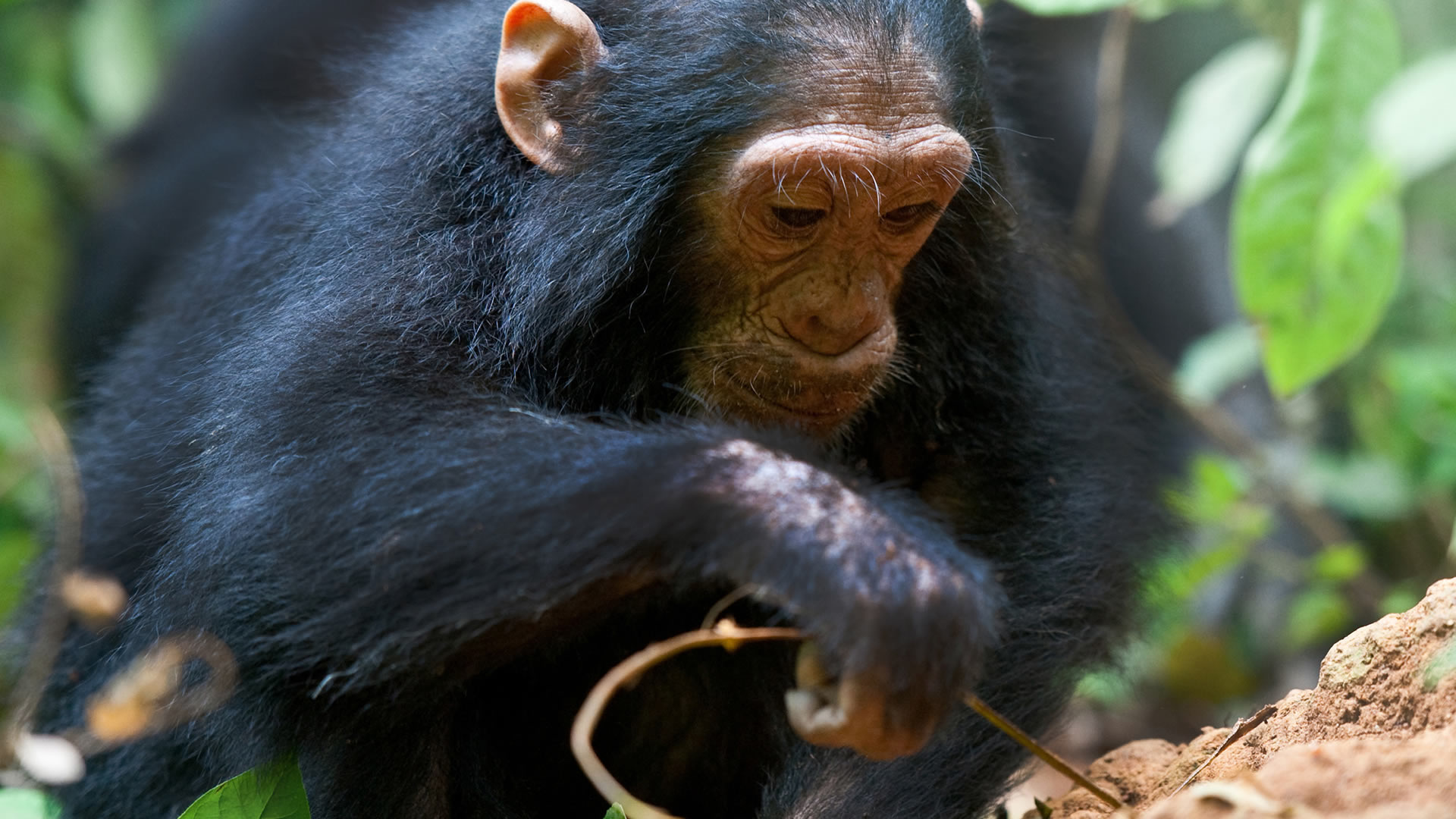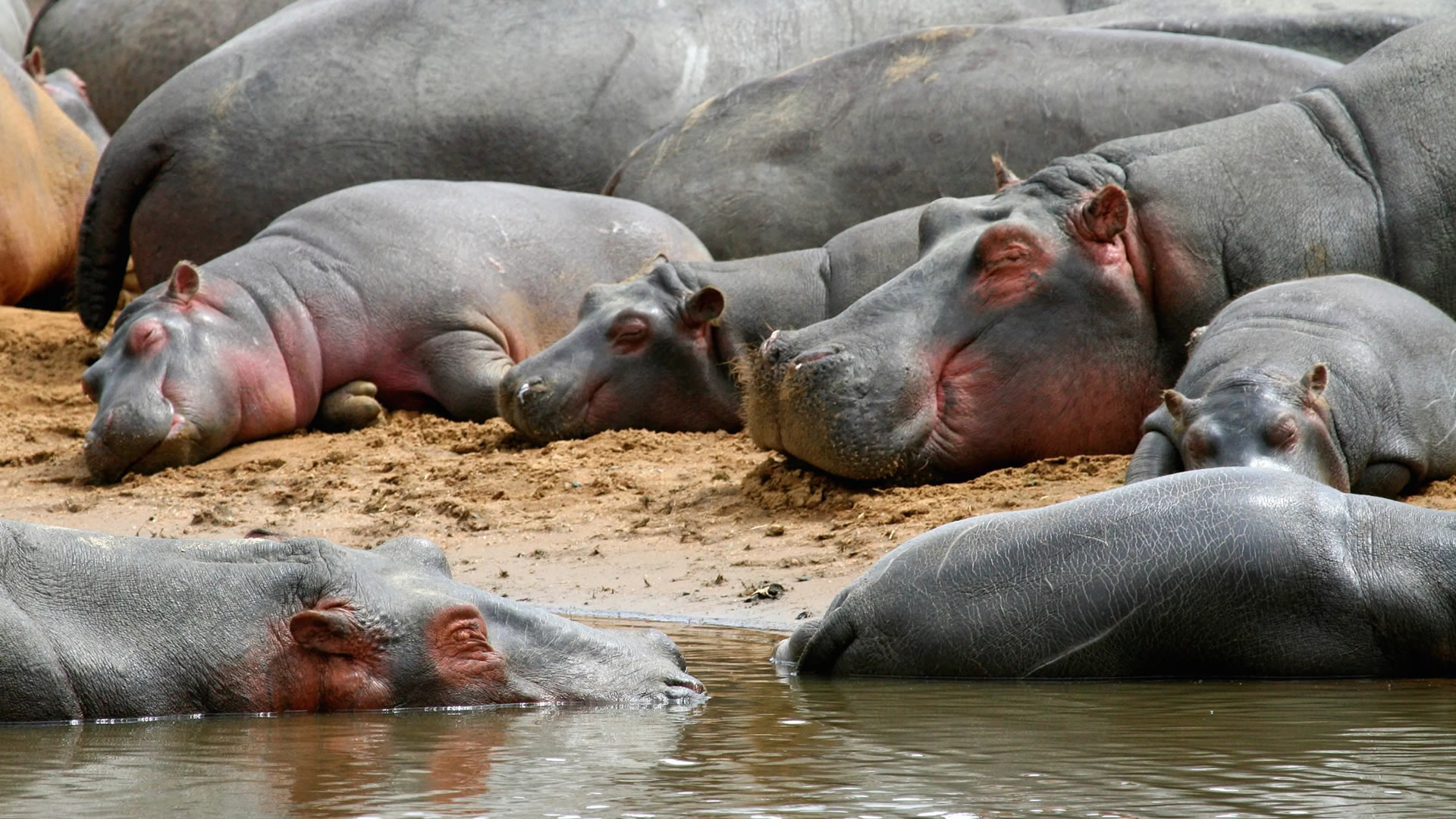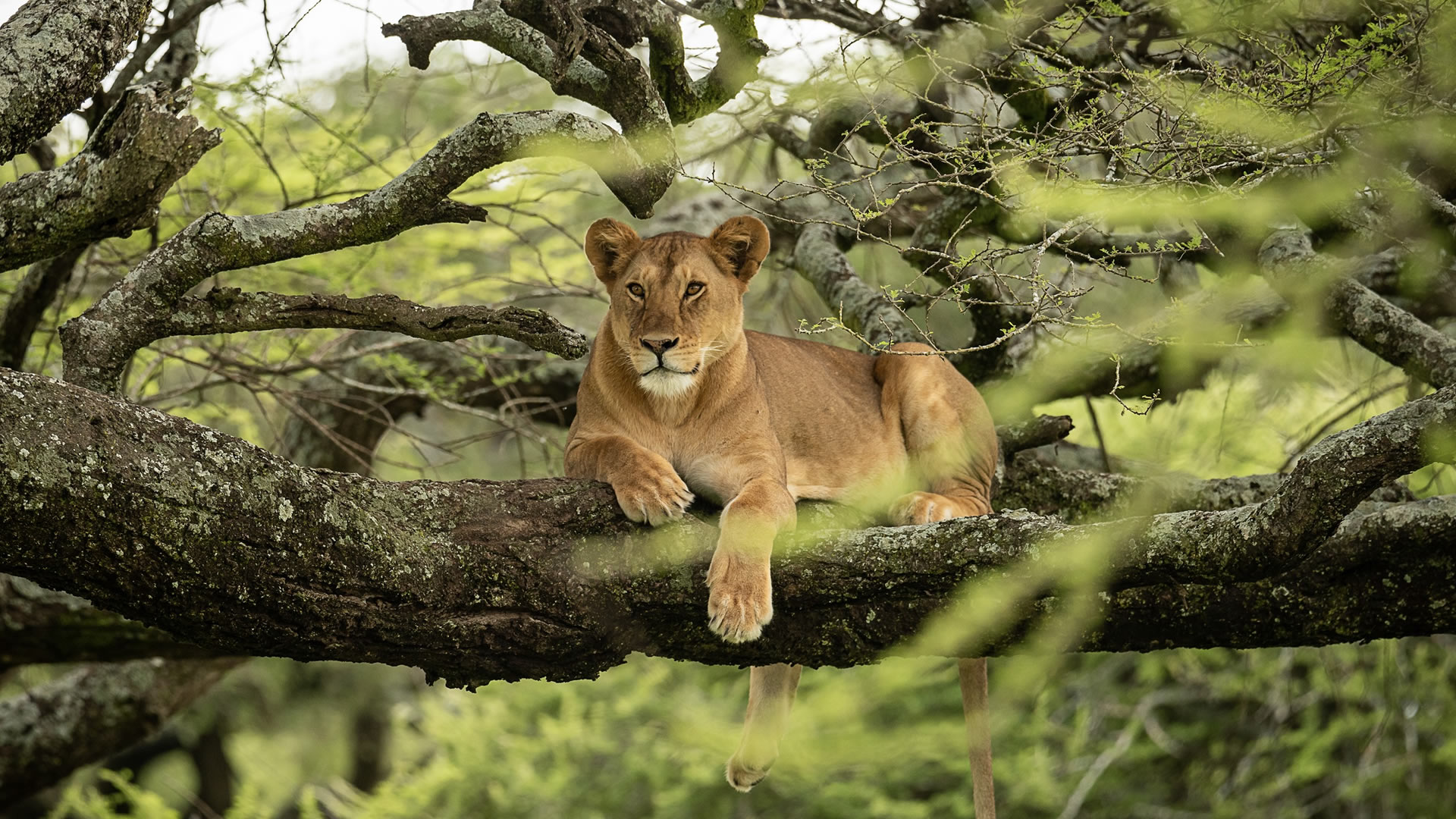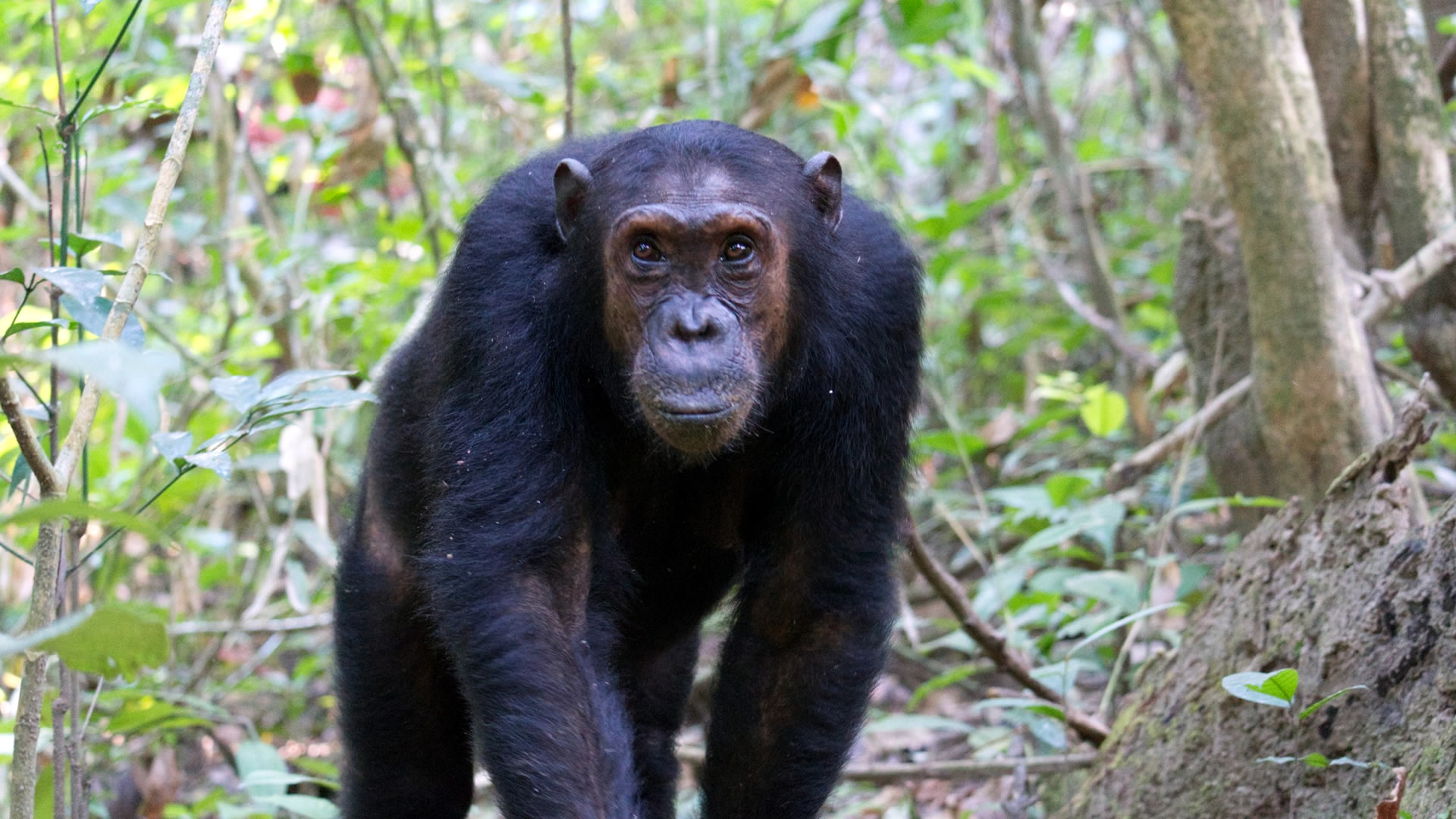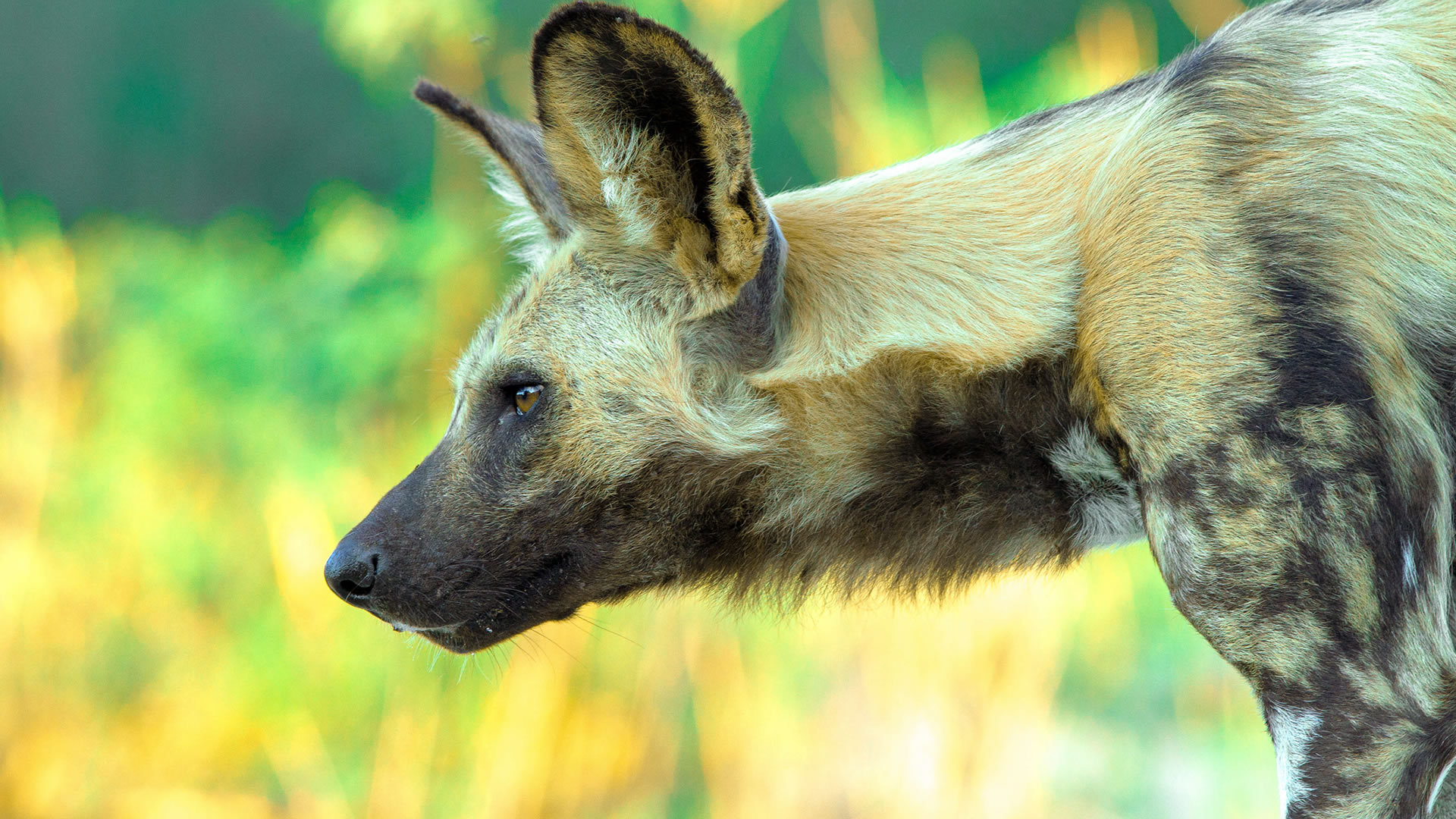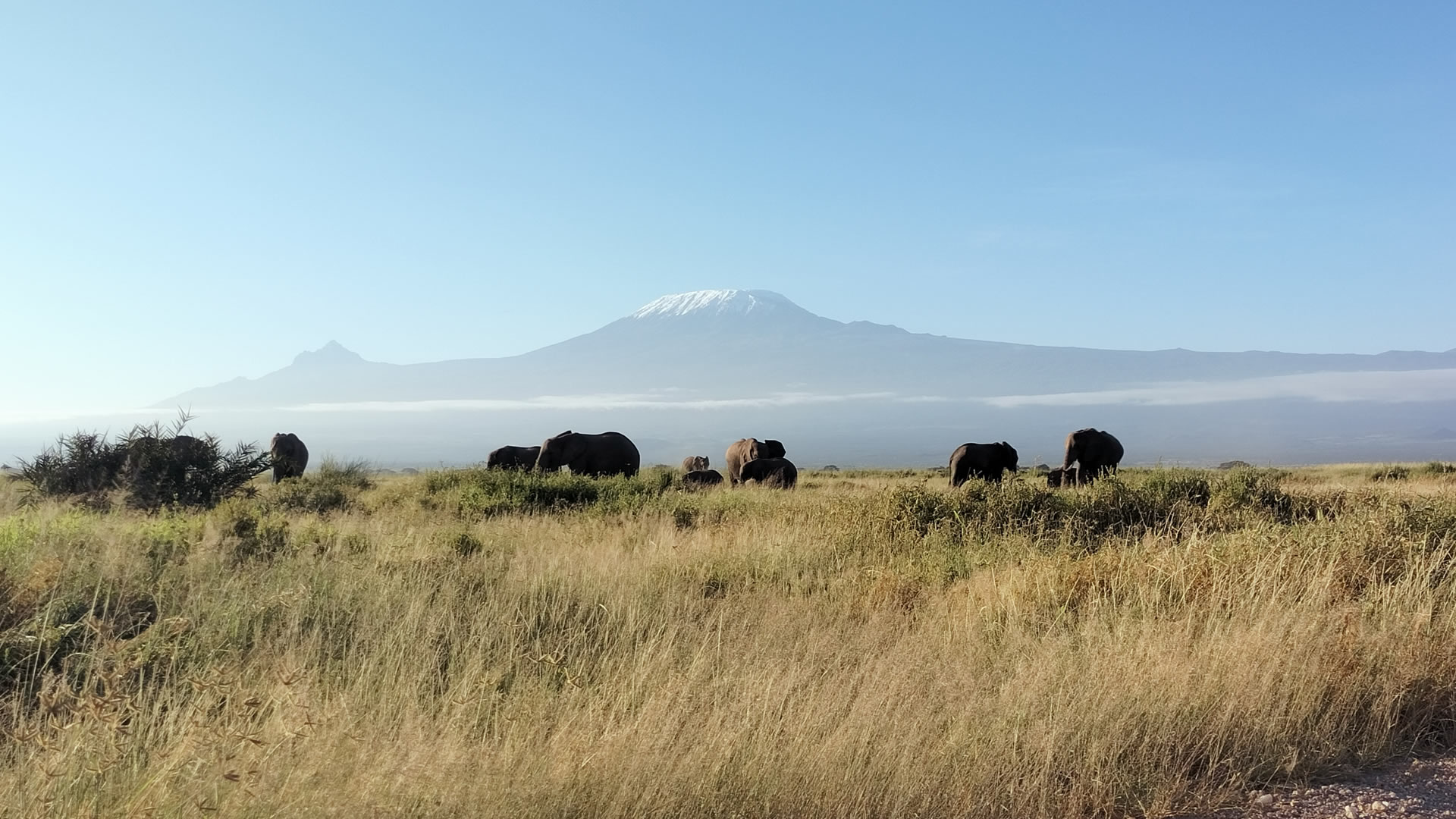Nyerere National Park
Nyerere National Park (Selous Game Reserve) was named after Frederick Selous, a famous big game hunter and early conservationist. In 2019, the reserve was renamed Nyerere National Park in honour of former first Tanzanian president Julius Nyerere. Nyerere is a protected nature reserve and a UNESCO World Heritage Site located south of Tanzania. It covers an area of 50,000 square kilometres (19,000 sq mi). Nyerere National Park was declared a UNESCO World Heritage Site in 1982 due to its abundant biodiversity and extensive unspoiled natural landscapes, including grasslands and woodlands habitats. Among the scores of wildlife species inside the park are some of the continent’s largest and most renowned endangered species, including the famous Big 5 (black rhinoceros, bush elephant, cape buffalo, lion & leopard). There is a vast population of wild dogs in Nyerere compared to other parks in the continent of Africa. Other wildlife includes spotted hyena, painted dog, hippopotamus, Maasai giraffe, plains zebra, Nile crocodile & white-bearded gnu. Nyerere is a paradise for avid bird watchers; over 445 bird species are recorded. Due to the fragility and sensitivity of the endangered species, human habitation is prohibited, and all people entering the park are tallied and tracked by rangers. Nyerere is one of the best parks to visit, and its size is twice that of Serengeti and three times larger than Kruger National Park in South Africa.. Due to its location, the park offers the best escapes from crowded tourist areas like Serengeti and offers extraordinary wildlife viewing.
Nyerere National Park
Nyerere is an important part of the massive cross-country 155,000km²/60,000mi² Greater Selous-Niassa ecosystem. Its main habitat is dense miombo woodland, but the main wildlife-viewing circuit follows a string of five connected lakes fed by the Rufiji, one of Africa’s great rivers. Its palm-fringed channels attract loads of wildlife in the Dry season and its sandbanks are permanently filled with monstrous crocodiles. Nyerere’s unusually diverse range of activities means that it offers arguably the most rounded bush experience of any Tanzanian national park. Game drives are rewarding for predator sightings, while boat trips on the Rufiji River and associated lakes offer utterly compelling water-based wildlife viewing. Guided walking safaris and night drives both add further dimensions to the wilderness experience. If you’re feeling adventurous, you can sleep under the stars on a fly-camping trip.
Wildlife Experience
There is a wide variety of wildlife in Nyerere National Park. There are approximately 100,000 wildebeests, 35,000 giraffes, 145,000 buffalos, 250,000 impalas, 4000 lions, 40,000 hippos and large numbers of crocodiles, leopards, elands, elephants, bushbucks, waterbucks, Lichtenstein’s hartebeest and hyenas. The park is also among the few in Africa where you will come across the puku antelopes, sable antelope and the African wild dog.
Birdlife Experience
If you are an avid bird watcher, you must visit Nyerere National Park. Over 445 bird species have been recorded, including migrant and endemic birds such as kingfishers, African skimmers, and pelicans, which are found along the shore of the lake. Other birds include trumpeters, malachite kingfishers, purple-crested turaco, white-fronted bee-eater, carmine, fish eagles, palm-nut vultures, hornbill, and yellow-billed stork ibises.
Locate the Nyerere National Park
Getting There
By Air: Flying to Nyerere (Selous) National Park is the most convenient and preferred means of getting there. The flight is about 1 hour from Julius Nyerere International Airport in Dar es Salaam. Several domestic airlines offer daily flights to the park. Other flights take off from Kilimanjaro International Airport and Arusha Airport. Several airstrips are located in different parts of the park, including (Mtemere, Sumbazi, Siwandu, Beho Beho, Matambwe & Kiba). The leading airlines operating the route are (Regional Air, Coastal Aviation, Auric Air & Safari Air Link.
By Road: One can access Nyerere National Park from Dar es Salaam by car, which covers approximately 250km to the nearest entry point. The journey takes about 5 hours. Some parts of the road are in poor condition, and the road is covered by gravel on the last 75km to the park. The journey might not be pleasant, but it's all part of an authentic African experience.
By Railway: You can access the park by boarding a Tanzania Zambia Railways AZARA train from Dar Es Salaam, which will take you across the wilderness. At the same time, you enjoy magnificent views and wildlife in Matambwe.
Best time to visit
Nyerere is an all-year-round park that one can visit anytime due to various attractions. However, the best times to visit Nyerere National Park for wildlife viewing are from June to mid-October and December to February, offering the greatest overall concentration of wildlife. For avid bird watchers, the best times to visit the park are during the rainy seasons of March to May & November, when there are endemic and migratory birds. November to December and March to May: The months are not pleasant for visiting the park due to short rains in November and long rains from March to May.

